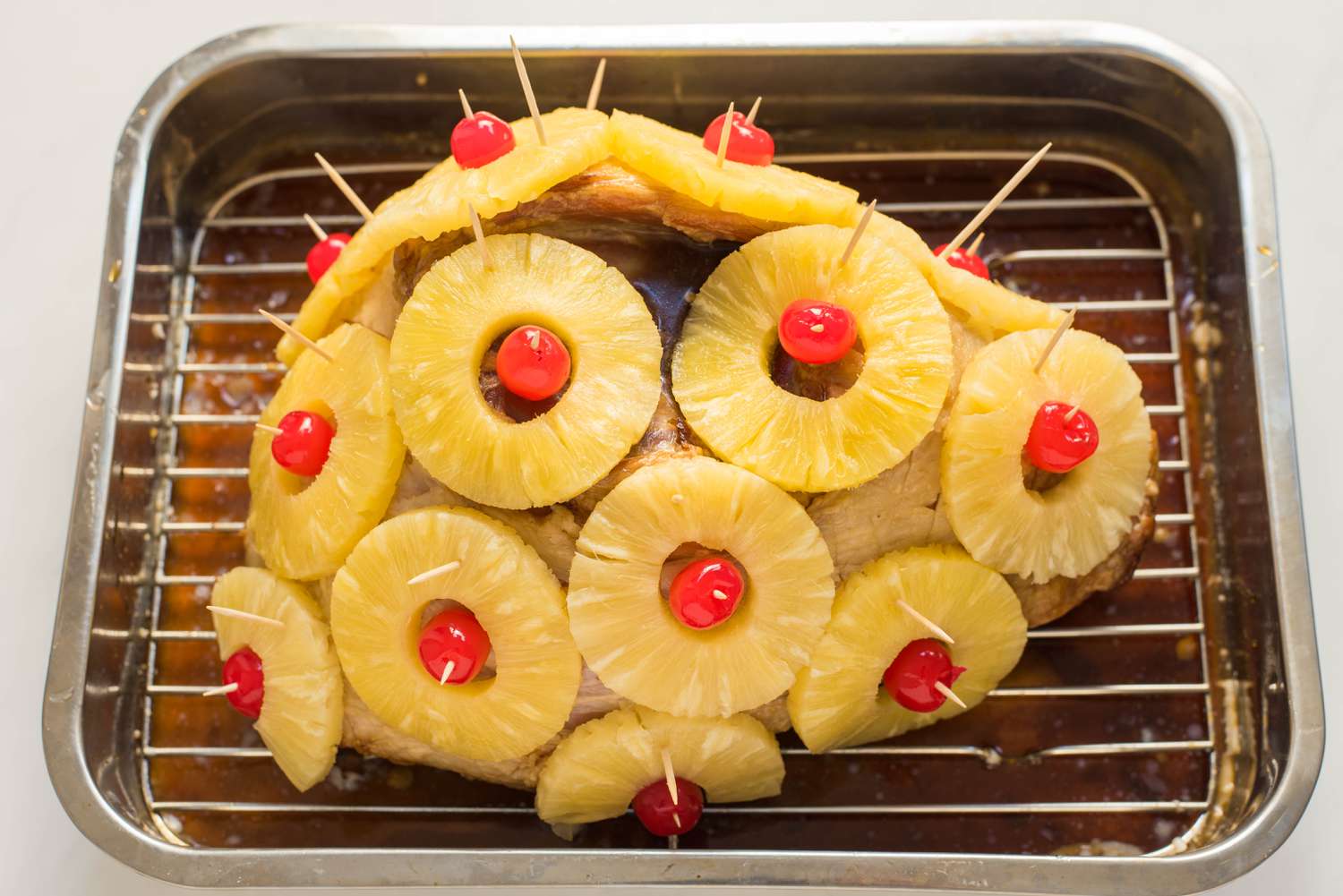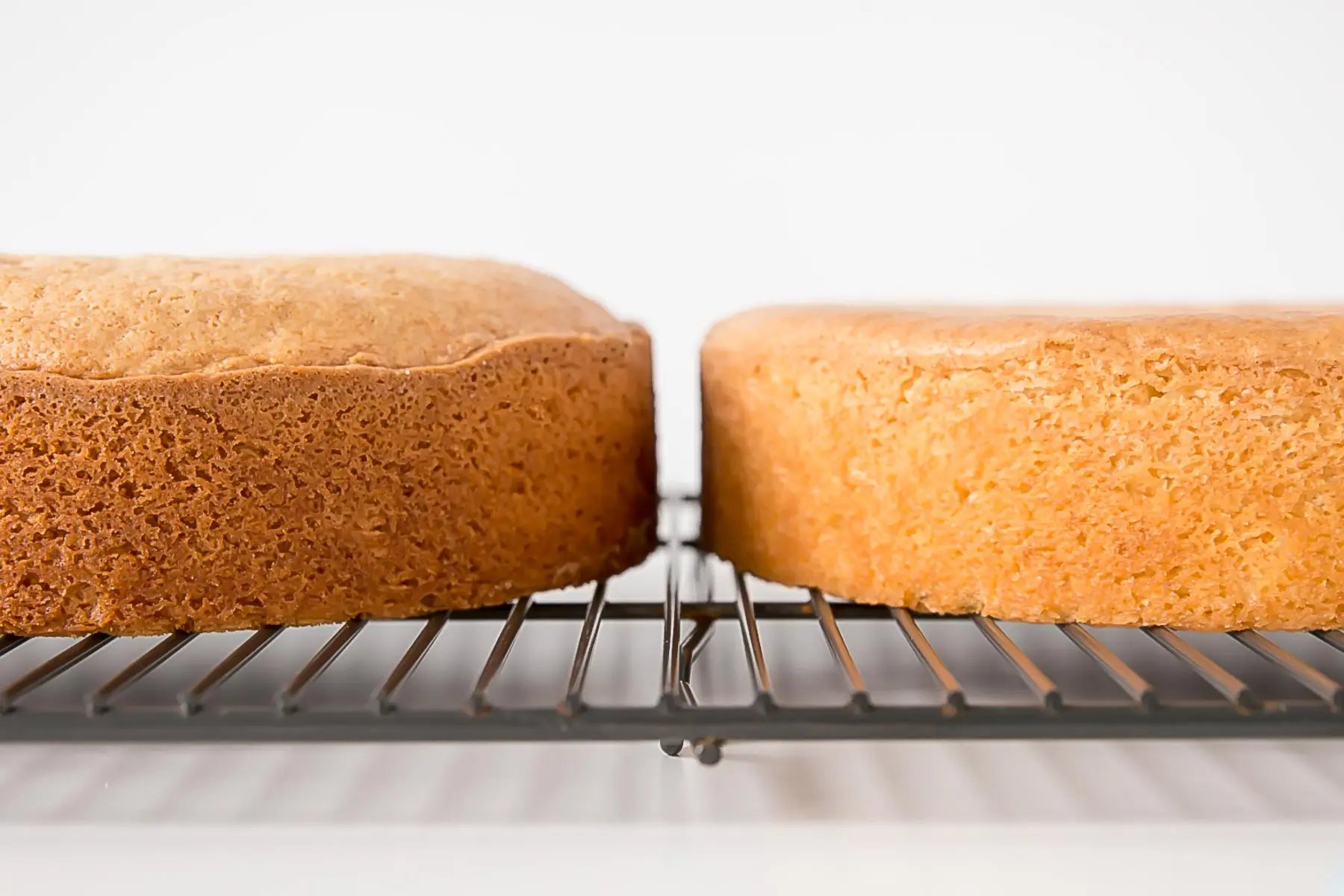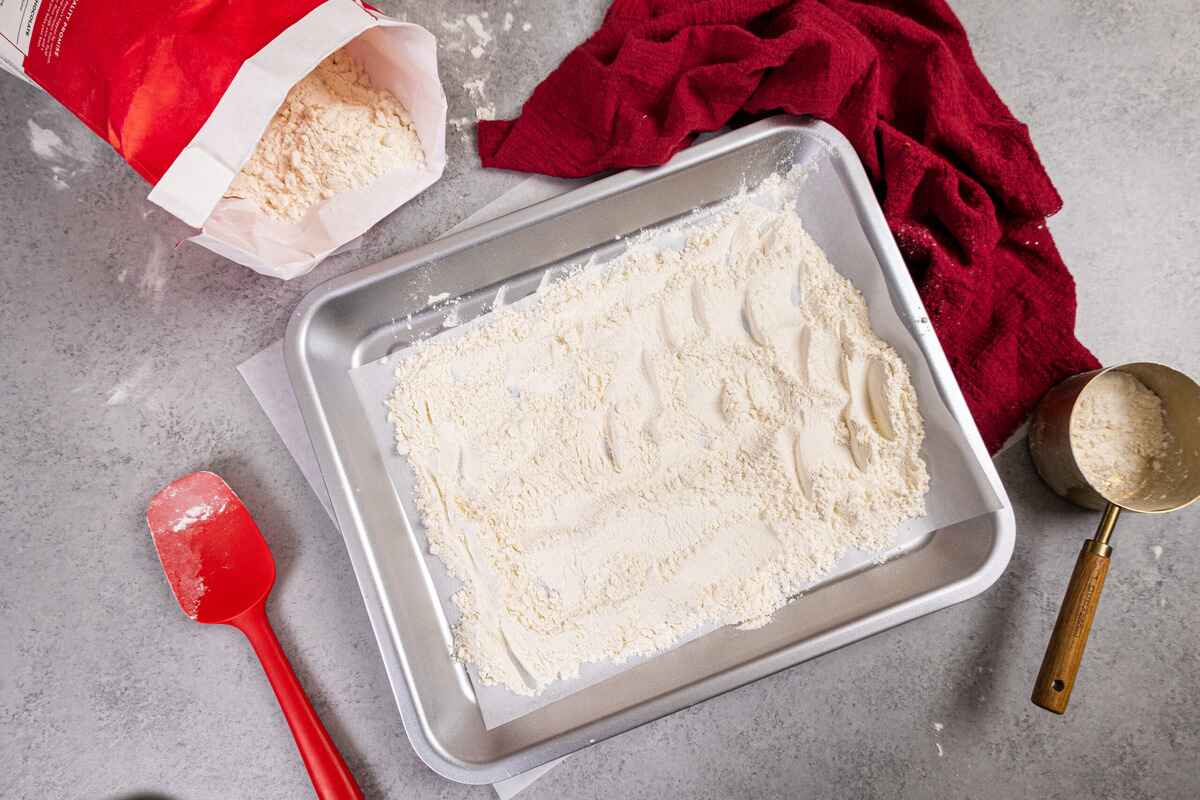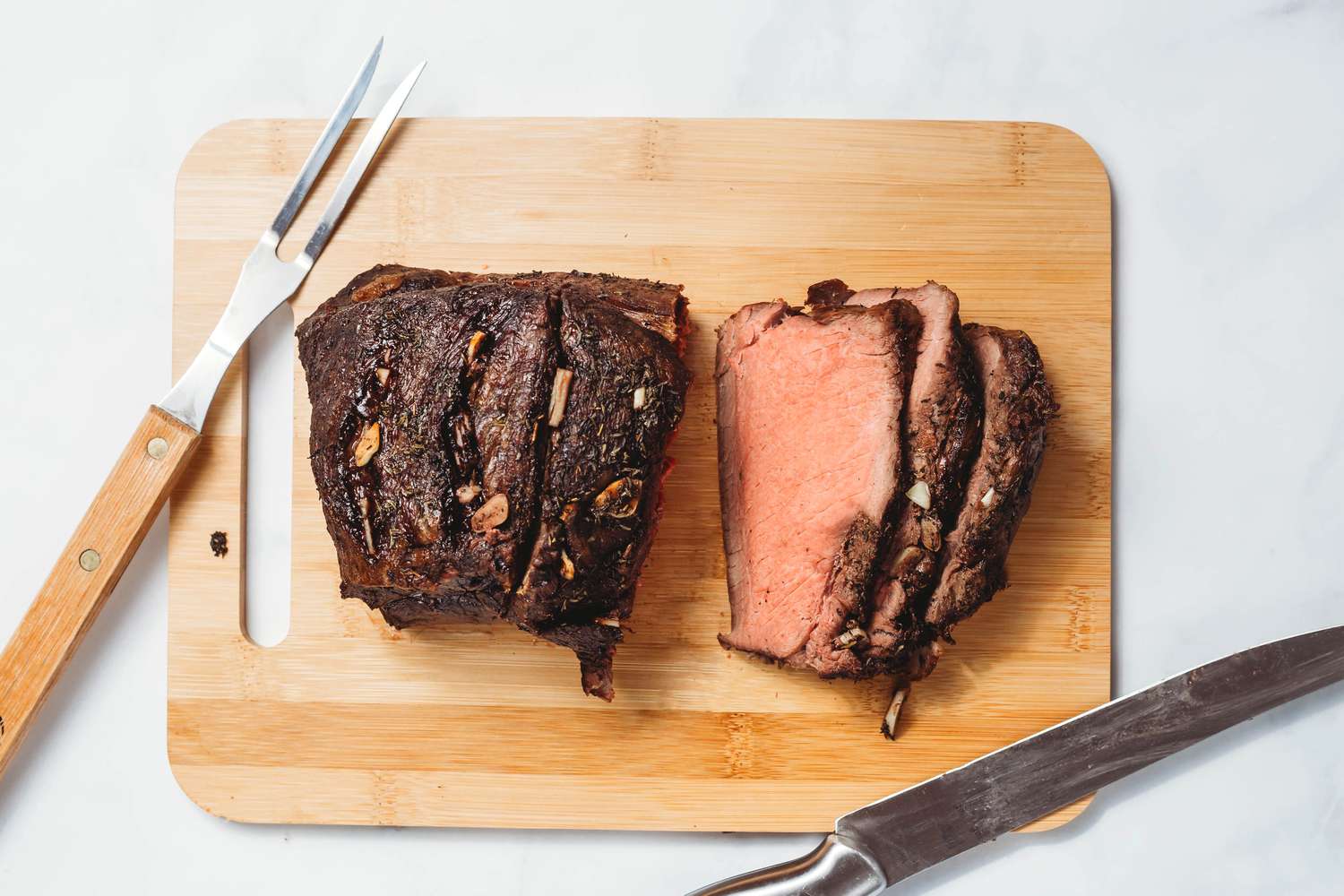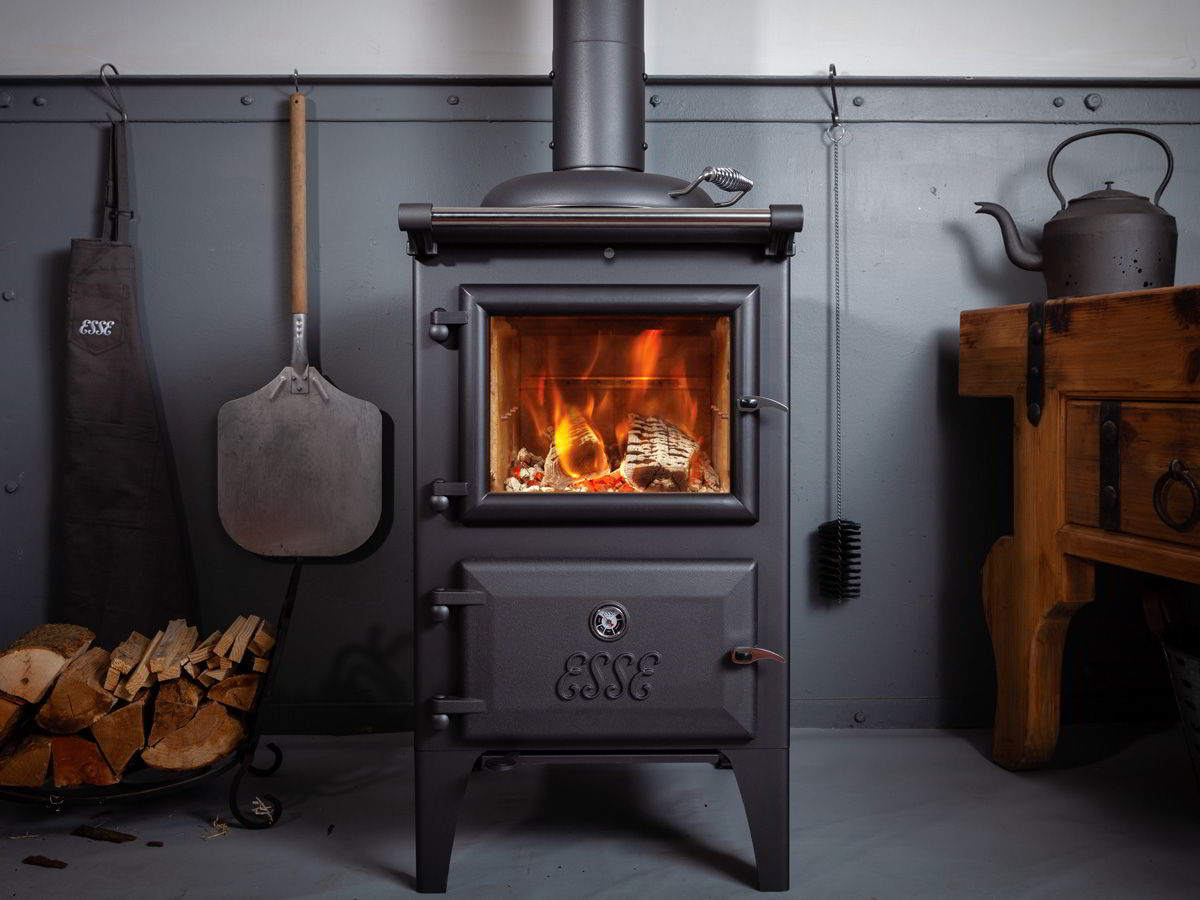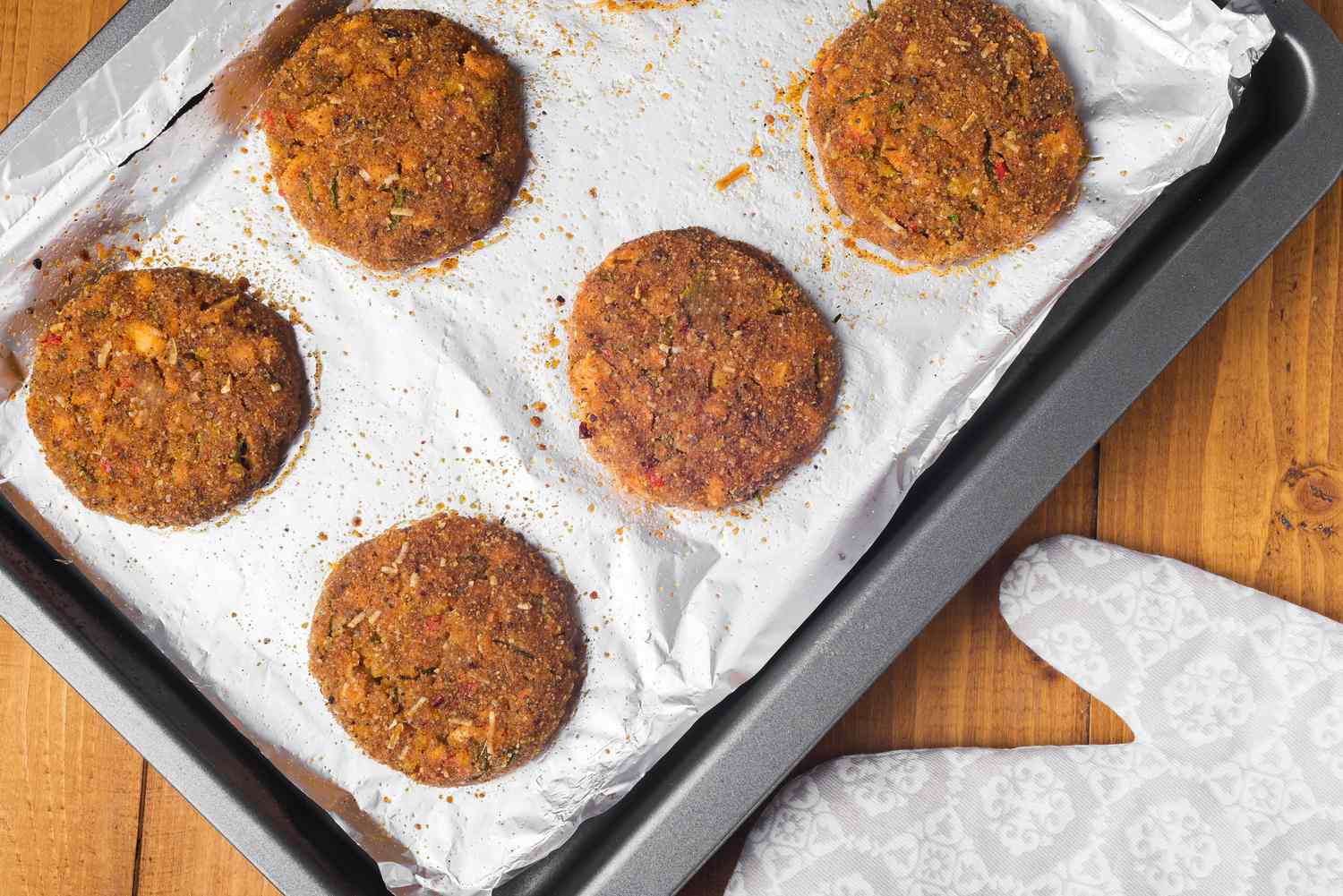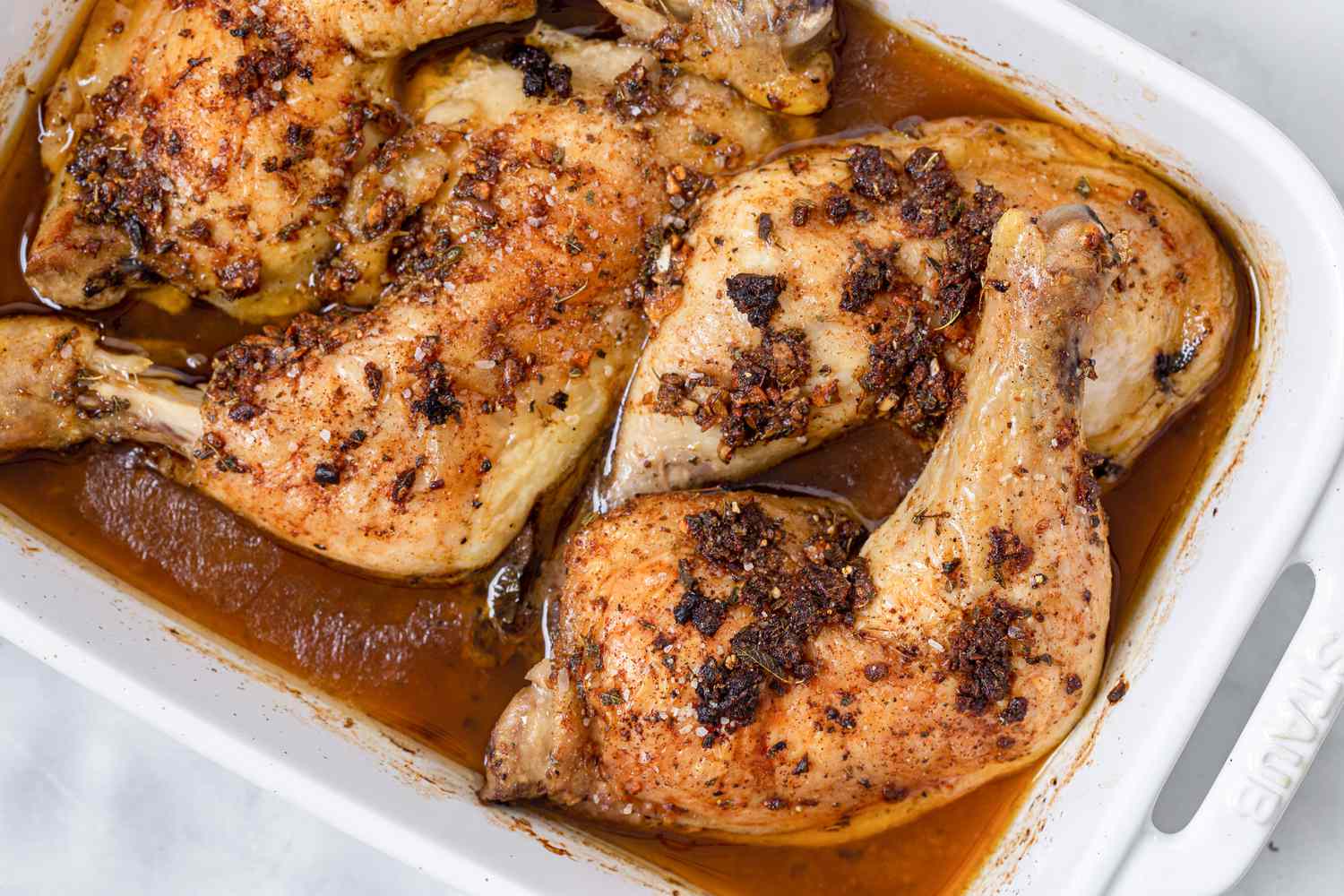Easy Steps to Bake Raw Fish
Are you looking for a delicious and healthy way to prepare raw fish? Baking is a fantastic method that locks in the natural flavors of the fish while keeping it moist and tender. Whether you’re a seafood enthusiast or just looking to try something new, baking raw fish is a simple and rewarding process. Follow these easy steps to bake raw fish to perfection!
Choose the Right Fish
When it comes to baking raw fish, selecting the right type of fish is crucial. Opt for fresh, high-quality fish such as salmon, cod, or halibut. These varieties are known for their mild flavors and firm textures, making them ideal for baking.
Preparation
Before you start baking, it’s important to prepare the fish properly. Here’s what you need to do:
- Preheat your oven to 375°F (190°C) to ensure it’s hot and ready to cook the fish.
- Pat the fish dry with paper towels to remove any excess moisture, which will help the fish cook evenly and develop a nice crust.
- Season the fish with your favorite herbs and spices. A simple combination of salt, pepper, garlic powder, and lemon zest works wonders.
Baking the Fish
Now that your fish is prepped and ready, it’s time to bake it to perfection. Follow these steps for a delicious outcome:
- Place the seasoned fish on a lightly greased baking sheet or in a baking dish.
- Drizzle the fish with a touch of olive oil to help it stay moist during the baking process.
- Bake the fish in the preheated oven for 12-15 minutes, depending on the thickness of the fillets. Fish is done when it flakes easily with a fork.
Serving Suggestions
Once your fish is beautifully baked, it’s time to serve and enjoy! Here are some serving suggestions to elevate your dish:
- Squeeze fresh lemon juice over the fish to add a burst of citrusy flavor.
- Garnish with freshly chopped parsley for a pop of color and freshness.
- Pair the baked fish with a side of steamed vegetables or a crisp green salad for a well-rounded meal.
Conclusion
Baking raw fish is a simple and healthy way to enjoy the natural flavors of the sea. With the right fish selection, proper preparation, and a hot oven, you can create a mouthwatering dish that’s sure to impress. So, the next time you’re in the mood for a nutritious and delicious meal, consider baking raw fish using these easy steps. Your taste buds will thank you!
Was this page helpful?
Read Next: How To Bake A Mullet Fish
